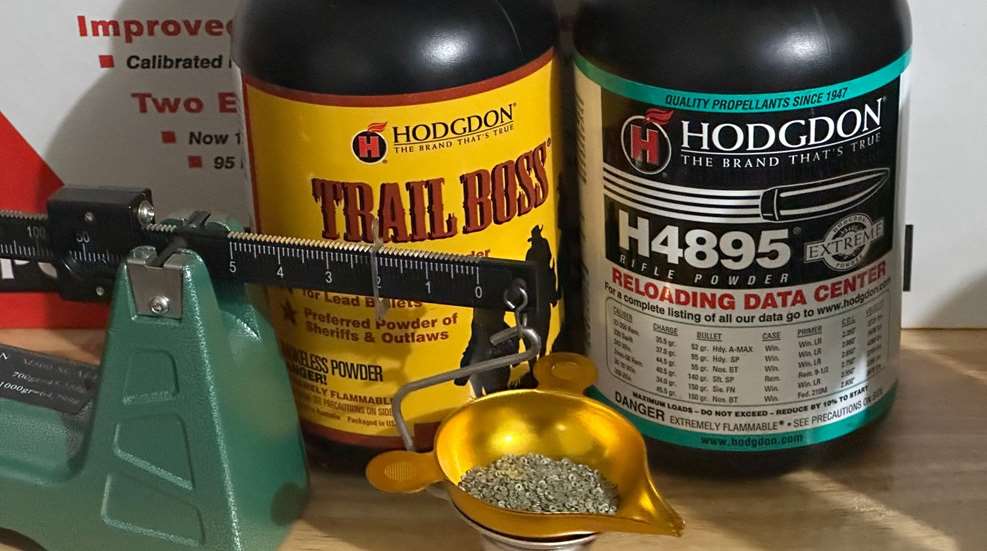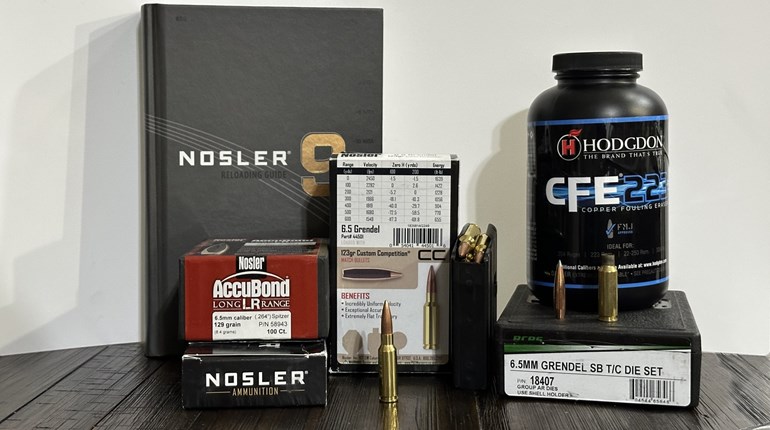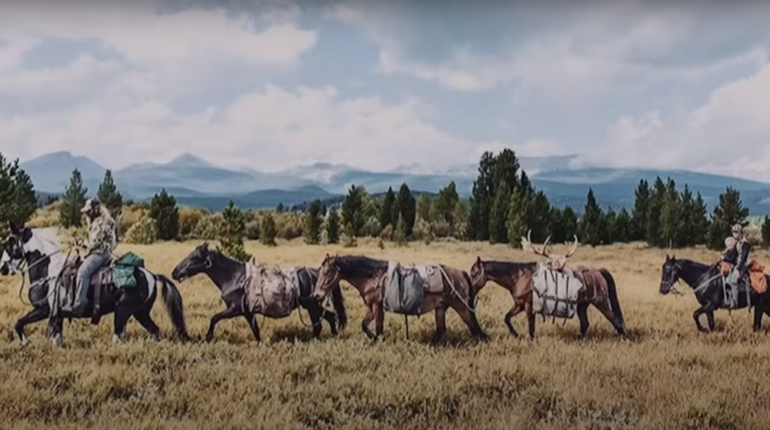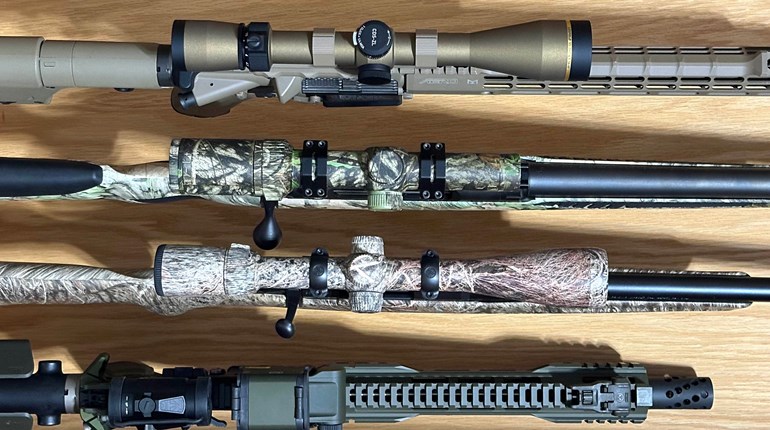
Most people reload for a single purpose: improved accuracy over factory loads. For various reasons, not all rifles are created equal, so by tinkering with various bullet/powder combinations, as well as bullet-seating depth and (to some extent), primer type, shooters can drastically improve accuracy in rifles that would otherwise be at best “average.” Average in this case means 1 MOA—or a rifle that shoots 1" groups at 100 yards. But that’s not the only reason to reload. A secondary purpose that’s gaining steam in the reloading culture is the concept of reduced reloads. But what is a reduced load, and why would anyone want to reduce their reloads in the first place?
Not everyone wants to shoot the hottest, fastest, heaviest bullet possible. Sure, for long-range hunting or target shooting, the goal is to hit with the most energy possible—I’m in that camp when it comes to ethics on big game animals—or to give the flattest trajectories. But there are benefits to dropping powder charges, which is all a reduced load is: a reduced load of gunpowder in a given case, rather than a maximum safe load.
One benefit of a reduced load is reduced recoil. I don’t do that in my .300 WSM for ethical reasons, as I only plan to hunt with it, which means I load hot to minimize human error. But that rifle, fully dressed, weighs less than 7 lbs., so it’s not a gun I’d take out plinking. And if I wouldn’t plink with it, I certainly wouldn’t give it to a new shooter or a smaller-framed shooter to try their hand at shooting, unless I knew they handled recoil like a champ. For reference, my Kimber Montana in .300 WSM recoils with about 34 pounds of force kicking back into the shoulder. This is where reduced loads come into play.
For example, Hodgdon lists H4895 and IMR Trail Boss as two of its powders that can safely be used for reduced loads for a variety of rifle cartridges. For those looking at reducing recoil in more modern cartridges, H4895 can be used in a variety of cartridges including .243 Win., .270 Win., .308 Win., .30-06, and even a few short-mag cartridges (.270 WSM, 7mm SAUM, and .300 WSM and SAUM), and full-size magnums (7mm Rem. Mag. and .300 Win. Mag), as well as a couple others.
The Trail Boss reduced load document lists many of these same cartridges, but also includes big-bore cartridges like the .375 H&H Mag. and the .416 Rem. Mag. Using this data, even the most heavy-recoiling, dangerous-game rifles used to take the meanest, most threatening game take the roar out of the biggest of rifles, and tame it so it's much softer on the shoulder. And each of these powders has a formula by which it can be used in other cartridges not listed for the same purpose of reducing recoil in other rifles, too.
A second benefit—and this is my personal favorite reason to reduce loads—is to slow the bullet down. “But why would you want to do that?” you ask. “The whole point of a bullet is speed.” You’re not wrong about that, but with speed comes the crack when something enters the atmosphere going faster than the speed of sound. And what does Hollywood notoriously get wrong? The effectiveness of suppressors! No, a suppressor doesn’t make a gun as silent as Hollywood would like to make you think. (For the record, if you’re looking for the quietest gun possible, don’t use a suppressed semi-auto. Suppress a bolt-action rifle instead. You can thank me later.)
That said, if you push a bullet going slower than the speed of sound (roughly 1,125 fps) through that suppressor, it’s at the very least far less detrimental to one’s hearing than it would be otherwise. That’s because there is no crack that comes with the bullet breaking the sound barrier after it leaves the barrel.
Technically, it’s also quieter because, well, there’s less material making the boom sound from the gunpowder. But the difference in the sound solely from the amount of burning gunpowder found in a reduced load versus the amount of burned powder in a max load isn’t going to be the noticeable part of that equation. It’s bullets traveling slower than the speed of sound that really reduces report—and that’s much easier to achieve with reduced loads.
I’ve found two loads that I can’t wait to try in my Rock River Arms .458 SOCOM. Pushing a 410-grain Hornady Sub-X bullet to just below Mach 1 through a suppressor moves a lot of mass that will still function on impacts as low as 900 fps. And based on the Hornady ballistics calculator, that bullet will still function out to about 250 yards if it leaves the muzzle at about 1,050 fps. Want to see what you can suppress if you can’t find data? Contact the powder manufacturer, and they may have other data not listed online, but that has still been safety tested.
Thirdly, a reduced load gives more efficiency. Simply put, you’ll spend less on powder. On this note of efficiency, reduced loads also result in lower pressure, meaning brass lasts longer because it’s not put under near as much stress. While there’s no saying brass will last longer in the same proportion as you’ve reduced the powder, it’s true that shooting reduced loads reduces pressure. That, in turn, reduces strain on the brass and powder consumption per shot, which in turn reduces strain on the wallet in the form of reloading expenses in brass and powder components.
After looking at all the benefits that come out of reduced loads, while I’ll still load hot for hunting purposes for ethical reasons and to increase my margin of error (because no one’s perfect all the time), I’ve started using reduced loads quite a bit, which has resulted in more fun, less expensive, and less painful shooting experiences.





































